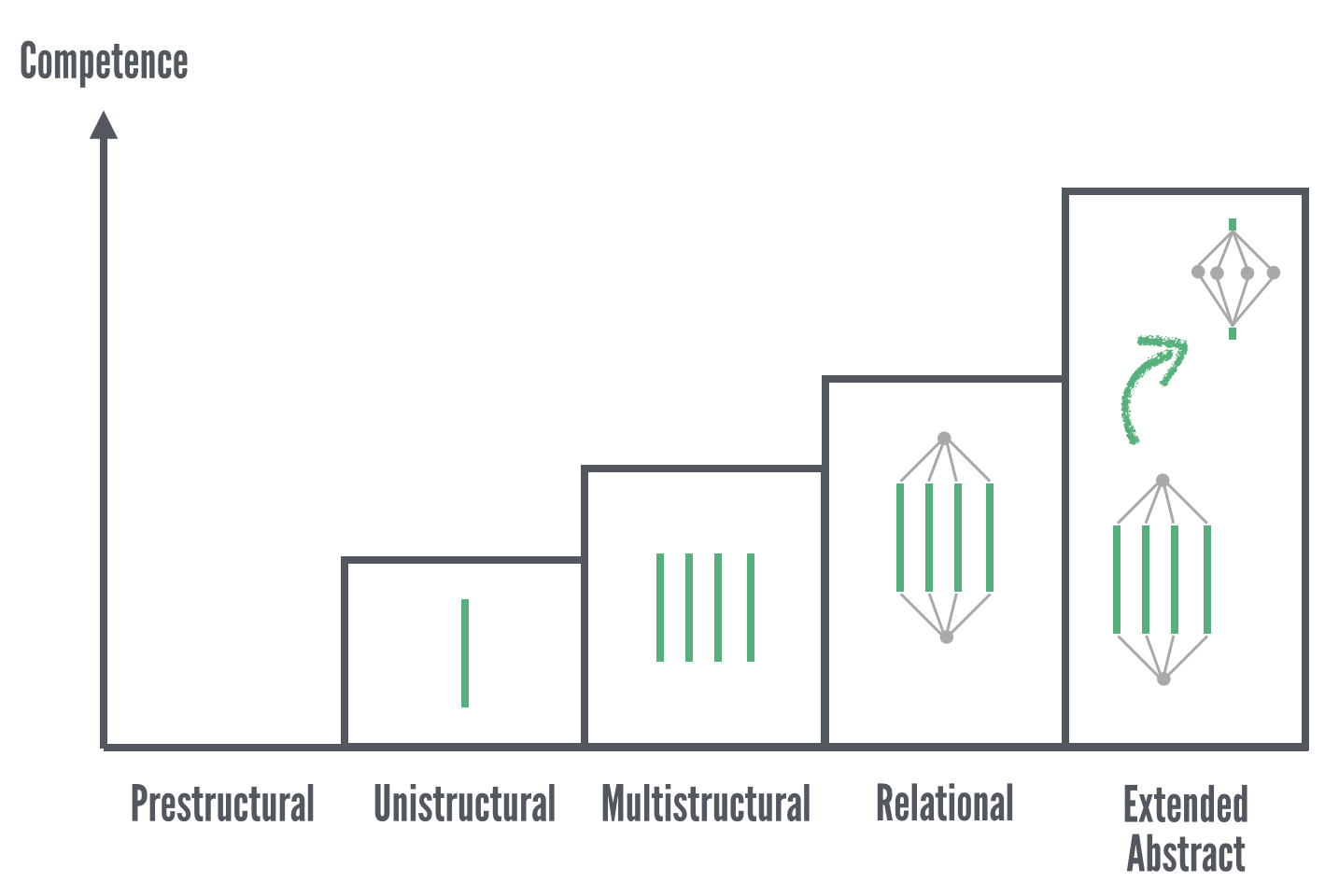TB871: Power dynamics in systems thinking
Note: this is a post reflecting on one of the modules of my MSc in Systems Thinking in Practice. You can see all of the related posts in this category.

The components of power within group dynamics, initially outlined by French and Raven (1959), can be closely related to the dynamics within systems thinking in practice (STiP) (‘French and Raven’s bases of power’, 2024). Here is a breakdown of each power type and its relevance within the context of STiP:
- Positional Power (Legitimate Power): stems from a person’s role or position within an organisational hierarchy. In systems thinking, understanding the hierarchical structures within a system is crucial as it affects decision-making processes and influence. An example of this would be a CEO or someone else in the C-Suite of an organisation who has the power to make wide-ranging decisions and allocate resources at scale. It can also happen at a smaller scale.
- Reward Power: derived from the ability to provide valuable resources or benefits, such as funds, perks, or information. In systems thinking, reward power can influence stakeholders’ engagement and cooperation. An example of this would be a funder or someone who has important (e.g. political) information which could be important to the success or failure of a project.
- Coercive Power: involves the threat of punishment or withdrawal of resources to enforce compliance. Systems thinking often seeks to minimise coercive power as it can create resistance and conflict within the system. An example of this would be an events organiser who refuses to platform people who don’t agree with his ideology, or a manager who threatens to cut budgets for departments who do not comply with her new strategy.
- Personal Power (Referent Power): based on personal characteristics such as charisma, trustworthiness, and interpersonal skills. In systems thinking, personal power can facilitate collaboration and foster a positive environment for change. An example of this might be a team leader who is well-liked and respected, and so can inspire and motivate others to achieve great things.
- Expert Power: comes from possessing specialised knowledge or expertise that others value. Systems thinking relies heavily on expert power for analysing complex problems and developing effective interventions. An example might be a systems analyst whose deep understanding of causal loop diagrams and feedback mechanisms, or someone who has a lot of experience with the technical standards upon which a system is built.
- Informational Power: derived from having access to and control over important information. This type of power is significant in systems thinking as information flow and transparency are key to understanding and solving systemic problems. An example might be a network coordinator who has insider knowledge about the dynamics and histories of various groups (subsystems) and their interconnections.
- Mental and Physical Power: pertains to an individual’s stamina, resilience, and ability to persevere through challenges. In systems thinking, this can be important for sustaining long-term interventions and managing complex change processes. An example of this might be someone who campaigns for change despite initial resistance and setbacks.
Activity P4.19 asks to reflect on where our power lies and how we use this power (The Open University, 2020). So let’s go through them.
I do not believe in positional power unless the person in the role has earned their position. This is why I’m a republican as opposed to a monarchist, and why I am never ‘deferential’ and why I believe respect should be earned. It has, I admit, got me into some trouble in my career. To be fair, I have stuck to my principles and when I have been in positions of power, I have been at pains to use other types of power.
I have only occasionally been in a position to demonstrate reward power, but this has made me feel uncomfortable. The only times I think I have used coercive power is in parenting. Although I wouldn’t say I’m high on the charisma front these days, I do have enough interpersonal skills to get things done, and for people to want to keep me happy. This is often tied to expert power as when I’m asking other people for things, it’s usually because I can’t get them done myself, for whatever reason.
Finally, informational power is not something I wield directly, as I share everything as openly as possible. Although I am a source of information, I try to (as I am doing here) share information in a way that others can access without coming through me as a bottleneck. Finally, reflecting on mental and physical power makes me a little sad, as although I see myself as a reasonably resilient person, my migraines have really hampered my career. I’m physically fit and determined, but as I explained in my last weeknote, although I’m fine in a crisis, my body seems to get stressed easily, with that stress causing debilitating migraines.
I would say that my power base, such as it is, comes from expertise, information, and mental power factors. My lack of power in other areas is intentional.
References
- ‘French and Raven’s bases of power’ (2024) Wikipedia. Available at: https://en.wikipedia.org/wiki/French_and_Raven’s_bases_of_power (Accessed: 26 July 2024).
- The Open University (2020) ‘P4.3.2 Access to power’, TB871 Block 4 People stream [Online]. Available at https://learn2.open.ac.uk/mod/oucontent/view.php?id=2261494§ion=4.2 (Accessed 26 July 2024).
Image: Annie Spratt



